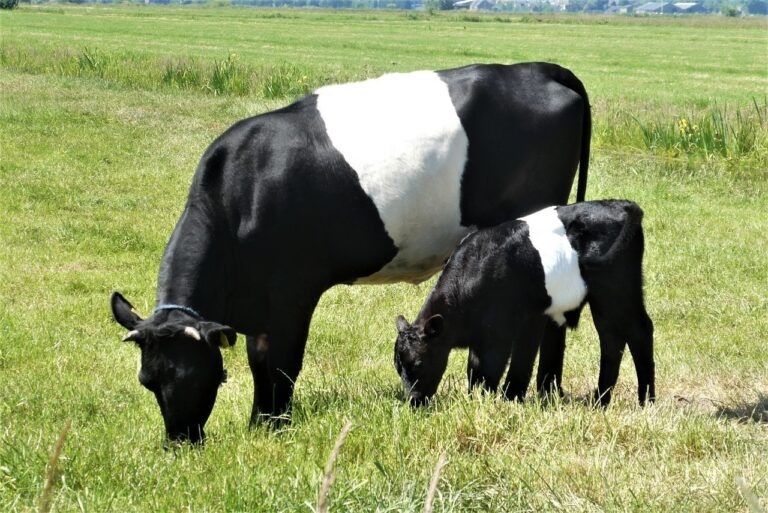Fetal programming in cattle is defined as the influence of the prenatal environment on the growth, development and health of the animal. If a fetus lacks essential nutrients, oxygen or is exposed to toxic substances at any stage of its growth, its normal development process may be affected and it may present diseases or deficient production during its life.
The relevance of proper animal nutrition
The nutrition maternal nutrition is the most relevant element in fetal programming in cattle. The nutrients consumed by the dam during gestation directly affect the growth and development of the fetus. Many times, especially in the last third, cows suffer nutritional restrictions during gestation due to low winter forage supply, low availability of forage reserves and high stocking rates, among other things.
A poorly nutritious diet can result in intrauterine growth retardation and other health problems that may persist after birth, such as respiratory and intestinal dysfunction, slow growth and reduced meat quality. Fetal growth retardation can affect reproductive functioning and future performance of calves if they are used as dams.
In contrast, balanced nutrition can improve birth weight, growth rate and overall calf health.
Milk producing cows
Studies conducted by universities in Argentina, Uruguay and Colombia show that the metabolic changes faced by lactating cows at the time of conception have an impact on the future production of the offspring. That is why cows need adequate nutrition to ensure that a calf can demonstrate its genetic potential.
Other factors to consider
There are more elements that affect fetal programming: maternal stress, which can be generated by factors such as transportation, change of environment, handling and disease manifestation; exposure to toxic substances, such as pesticides, agrochemicals and heavy metals. Also temperature extremes, whether hot or cold, can influence fetal development and the animal's ability to regulate its body temperature in the future.



